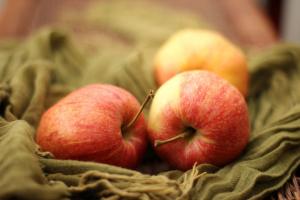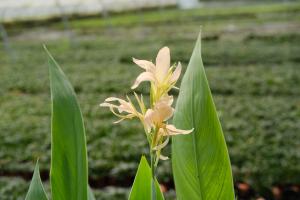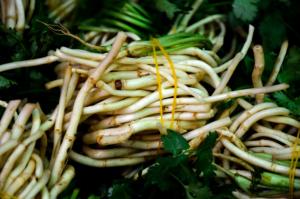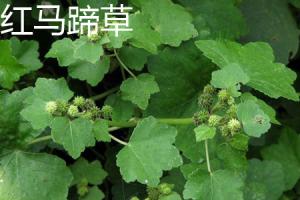1、 Morphological characteristics
1. Canna. Its plants are all green, with a height of about 1.5 meters. The shape of its leaves is oblong, with a length of 10 cm to 30 cm and a width of 10 cm. Its flowers are red, its bracts are green, with a length of about 1.2 cm, and its sepals are about 1 cm. They are generally green, but sometimes they also appear red, and its capsule is green, The shape is long oval, with a length of 1.2 cm to 1.8 cm, and the flowering and fruiting period is from March to December every year
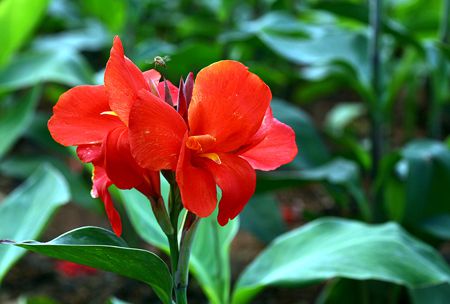
2. Bird of Paradise. The height of the bird of paradise is generally between 1 meter and 2 meters. The root is relatively strong and the stem is not too obvious. The leaves generally grow symmetrically. The shape is long and oval, with a length of about 40 cm and a width of about 15 cm. The petiole is two or three times longer than the leaves, and there will be a longitudinal groove in the middle. The length of the pedicel is generally the same as that of the leaf. Its inflorescence bracts are green, but the edges are red and about 15 cm long. Its flowers are orange outside and sky blue inside. The flower shape is special, just like the crane looking into the distance. It is very beautiful. Its flowering period is in autumn and winter, and its flowering time can be more than 100 days
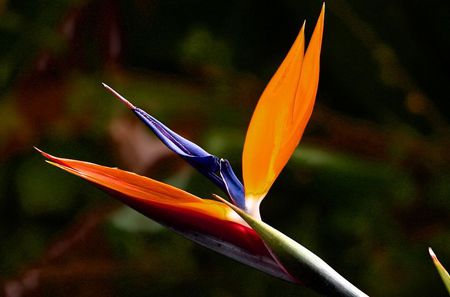
2、 Living habits
1. Canna. It likes a warm climate. It's best not to be frozen and beaten by frost. The best temperature is between 25 ℃ and 30 ℃. It has strong adaptability and hardly picks the soil, but it will be better to grow in fertile sand. The soil can be slightly moist, but it can't be dry. Its sowing time is April and may in spring. It will bloom from June to frost, and the flowering period is very long. Its roots and stems can survive the winter in the open in the south, but they must be protected manually in the north to survive the winter safely
2. Bird of Paradise. It likes a warm or semi cool place. The most suitable temperature is 12 ℃ to 25 ℃. It is cultivated indoors in winter, and the minimum temperature should also be controlled above 5 ℃. It usually blooms in autumn or winter, but if the temperature, light and other conditions can be controlled well, it may bloom in a year, and the flowering time of a single flower can reach more than a month
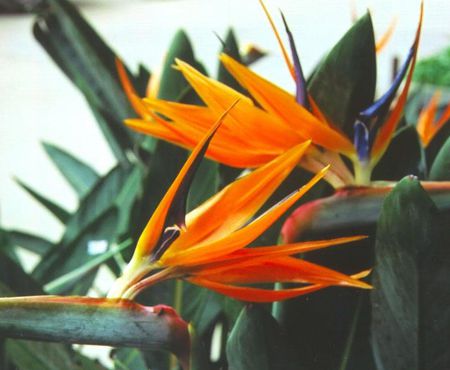

 jackfruit
jackfruit snake plant
snake plant hibiscus
hibiscus hydrangea
hydrangea lavender
lavender Green roses climb al...
Green roses climb al... If you don't pay att...
If you don't pay att... Management of four g...
Management of four g...

